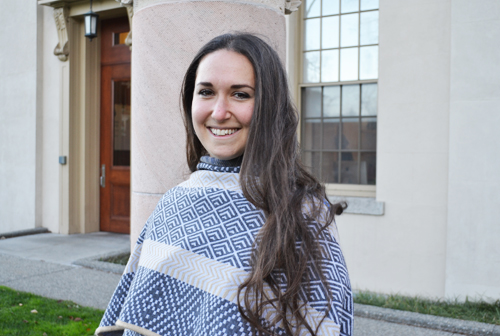Affiliation: Harvard Art Museums

Dr. Jennifer G. Thum is the Inga Maren Otto Curatorial Fellow at the Harvard Art Museums, as well as a Museum Educator for the Rhode Island School of Design Museum. She holds her degrees from Brown University (Ph.D.), University of Oxford, and Barnard College. Her field of research is Egyptology, with specializations in Egyptian royal living-rock stelae, Egyptian bronze “reliquaries”, and the Fayum portraits. Her current publication projects include “Sensing Alterity in the Landscapes of Egyptian Royal Living-Rock Stelae in A Handbook of the Senses in the Ancient Near East (ed. by K. Neumann and A.K. Thomason, Routledge/Taylor & Francis, forthcoming), and several articles for Megiddo VI: The 2010-2014 Seasons (ed. by I. Finkelstein, Tel Aviv University Press, forthcoming).
Most of us think of ancient Egypt as a culture of “big building,” especially at the hands of its kings. Yet there are some cases where Egyptian kings chose not to build monuments in order to underscore their power and position, but instead to inscribe them directly into living-rock features such as cliffs, outcrops, and boulders. Such monuments include living-rock stelae, which bore official communications from the royal establishment. It might be difficult to imagine the pharaohs as makers of rock inscriptions, but under certain sociopolitical circumstances, they were. How did Egyptian views of living rock as a material inform the choice to make a living-rock stela, and how did these monuments work? What made certain rock features attractive places to carve, and certain messages demand a place in the landscape? This lecture explores the circumstances that led Egyptian kings to use living rock as a monumental medium, and what their messages can tell us about how this medium was understood.
Short bibliography and/or website on lecture topic:
Thum, J. 2016. “When Pharaoh Turned the Landscape into a Stela: Royal Living-Rock Monuments at the Edges of the Egyptian World.” Near Eastern Archaeology 79(2): 68-77.
A TED-talk-style 5-minute video I did for Research Matters! at Brown a few years ago: Rocks, Drones, and Instagram